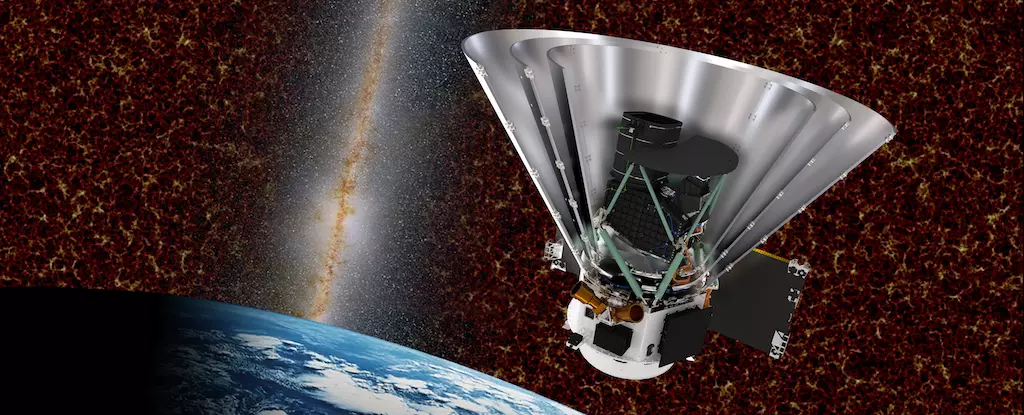NASA is on the verge of launching a groundbreaking mission that aims to construct the most colorful and expansive three-dimensional map of the entire sky to date. This mission, named SPHEREx (Spectro-Photometer for the History of the Universe, Epoch of Reionization and Ices Explorer), is designed to meticulously examine every pixel of the cosmos. By gathering spectroscopic data, SPHEREx endeavors to uncover the composition, distance, and characteristics of celestial objects, addressing some of the most profound questions in modern astrophysics. Scheduled for launch on February 28, this mission will embark on a two-year journey, during which it will meticulously scan the sky four times, creating a comprehensive infrared representation bursting with 102 distinct colors. This unparalleled breadth vastly exceeds the capabilities of previous all-sky surveys.
The SPHEREx mission is anchored by three primary objectives, each aimed at expanding our cosmic understanding. Firstly, it seeks to explore the state of the Universe shortly after the Big Bang, a period characterized by extreme conditions and rapid expansion. Secondly, SPHEREx aims to quantify all the light ever emitted by the galaxies over cosmic time. Lastly, it will survey the Milky Way galaxy to identify and catalog essential elements for life, such as water. As SPHEREx captures light from various cosmic sources, it will analyze the spectrum and determine how the light’s wavelengths are altered through the cosmic fabric, providing insights into not just the distance but also the movement of these celestial objects.
One of the most ambitious outcomes of the SPHEREx mission is the creation of a colossal three-dimensional map, featuring information about approximately 450 million galaxies. This mapping effort will enable cosmologists to validate and refine their theories regarding cosmic inflation, a fundamental moment in the early Universe’s history characterized by rapid expansion. By observing the distribution of galaxies, SPHEREx will offer clues about the cosmic web’s formation and density, revealing whether the inflationary model holds firm or if other unknown fields and particles are at play. Should the galaxy distribution appear uniform, it would reinforce the notion of a straightforward inflationary process; conversely, irregularities could signal a more complex cosmic architecture.
Interestingly, beyond mapping galaxies, SPHEREx is poised to explore the building blocks of life within our own Milky Way. By focusing on star-forming molecular clouds, the mission aspires to identify key compounds like water ice, carbon dioxide, and carbon monoxide—elements critical to the development of life as we know it. The detection capabilities of SPHEREx enable scientists to utilize the unique spectral fingerprints of these compounds to assess their presence and abundance within these clouds. Furthermore, this data can inform our understanding of how these vital ingredients could integrate into planetary systems formed in those clouds, potentially setting the stage for life to emerge.
The data amassed by SPHEREx will serve as an invaluable resource, not just on its own but also in tandem with other observatories like the James Webb Space Telescope (JWST). While JWST offers a narrower but more in-depth view, SPHEREx’s broader approach allows it to identify intriguing astronomical targets that can later be scrutinized in greater detail. This synergistic collaboration highlights the importance of multi-wavelength observations in astrophysics, enriching our comprehension of complex cosmic phenomena.
The forthcoming SPHEREx mission holds the promise of a trove of data that will significantly inform the scientific community’s understanding of the Universe. Through its ambitious objectives and comprehensive observations, it opens the door to new avenues of inquiry about the nature of our cosmos—its history, composition, and the likelihood of life beyond Earth. As astronomers prepare to analyze the wealth of information that SPHEREx will provide, the mission is not merely about mapping the sky; it represents humanity’s quest for knowledge about our place in the vast and mysterious Universe. By answering questions that have lingered since the dawn of civilization, SPHEREx may well establish itself as a cornerstone for future astrophysical research and exploration.


Leave a Reply